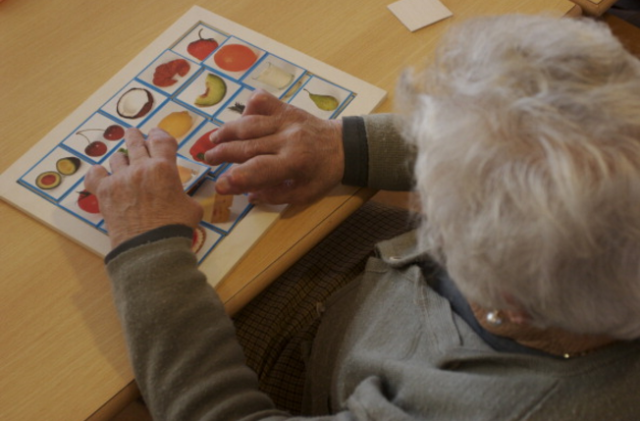
Alzheimer’s disease leads to tragic memory deficits, but it's not clear whether those memories are actually lost. It's also not clear whether this is a problem with memory formation and storage or a problem in memory retrieval. This is clinically relevant, since memory retrieval could potentially be restored by targeted brain stimulation.
New work using mouse models of early Alzheimer’s disease just showed that the problem at least starts with memory retrieval. Strikingly, it can also be reversed provided the correct set of neurons is activated. (The results are published in Nature.)
Engrams are the traces of the paths that memories leave as they settle in the brain. They are present both in our psyches and in biochemical alterations present in our neurons. Molecular, genetic, and optogenetic methods have been used to try to identify the population of neurons that hold onto these engrams.
These methods have shown that a specific group of neurons in the hippocampus are both necessary and sufficient to retrieve memories formed during contextual fear conditioning in mice. (They're called DG neurons because they're found in a region of the hippocampus called the dentate gyrus) These neurons are activated by an experience and then used to recall that experience.
When mice are placed in a container and exposed to an “aversive experience”—in this case, an electric shock to their foot—they freeze. Normal mice remember the context and freeze when placed in the same box the next day. But mice engineered to experience early symptoms of Alzheimer’s (no amyloid plaques, impaired long term memory but no issues with short term memory formation) do not.
The researchers here engineered the DG neurons in the early Alzheimer’s mice to respond to blue light. Then they put the mice in the box and shocked them. After repeated exposure to pulses of blue light, the mice remembered yesterday’s shock and froze when put back into the box the next day. In fact, they froze when put into the box for the next six days. Activating their DG neurons restored their ability to retrieve their long term memories.
But the effect was specific to these DG engram cells. When the researchers activated all of the neurons in the region, akin to deep brain stimulation, this treatment did not rescue the long term memories in the Alzheimer’s mice.
Further proof that the DG engram cells are the important ones came from two other clever experiments. In the first, researchers specifically ablated only these DG cells using diphtheria toxin and showed that Alzheimer’s mice without these cells didn’t remember their shock. In the second, they showed that stimulating the cells could rescue not only memories of the shock, but also other kinds of memories. Stimulation could help mice locate a novel object to which they had been exposed the previous day.
Of course, the authors warn that memory failure in early Alzheimer’s in humans may not mimic the condition engineered in mice. And they note that this work only involved the onset of the disease; problems with memory maintenance and storage may still occur as the disease progresses. But even if it does not turn into an immediate treatment regimen, their engram intervention provides an interesting way to shed light on the inner workings of how we make and access our memories.
Nature, 2016. DOI: 10.1038/nature17172, 10.1038/nature17312 (About DOIs).
reader comments
19